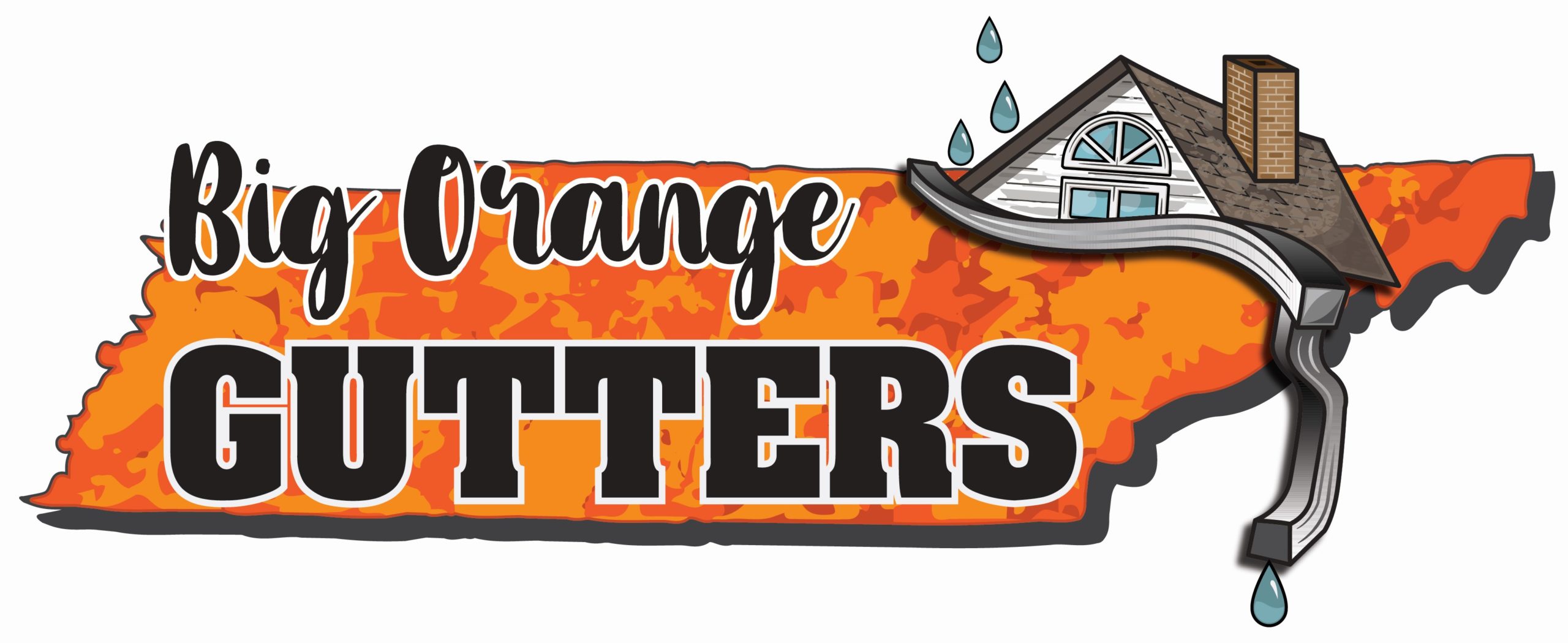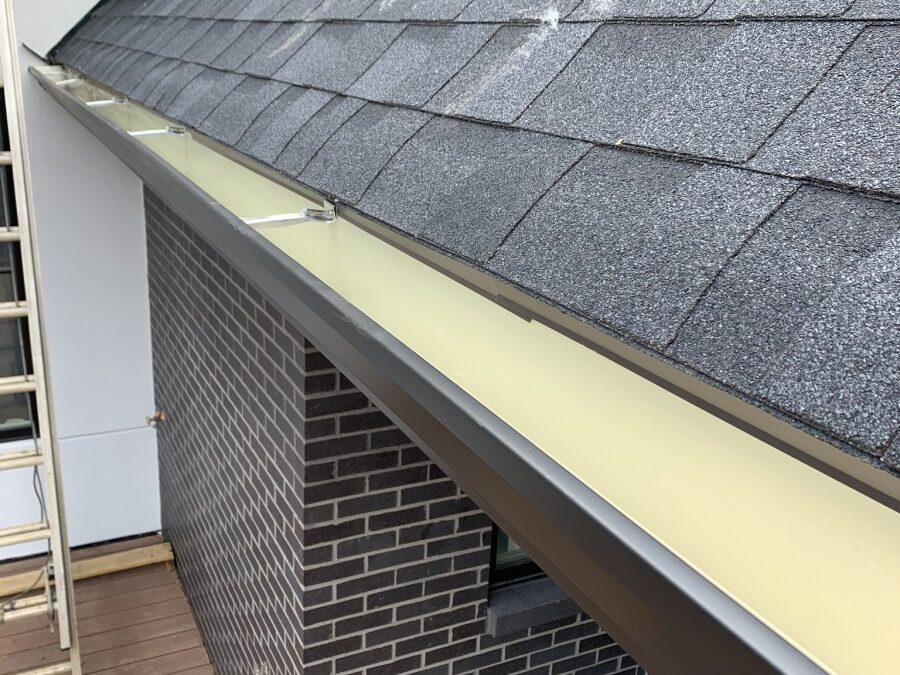Gutter systems are essential for protecting your home from water damage, and one critical component is the gutter drip edge. In this blog post, Big Orange Gutters of Nashville and Knoxville, TN, will provide an in-depth look at what a gutter drip edge is, its significance, and how it helps safeguard your property. This post is designed to be purely informational, helping homeowners understand the value of this often-overlooked element of their roofing system.
What is a Gutter Drip Edge?
A gutter drip edge is a piece of metal flashing that is installed along the edges of your roof. Its primary purpose is to direct water away from the fascia and into the gutters, preventing water from seeping into the roof deck and causing damage. The drip edge helps ensure that water flows smoothly into the gutters, thereby enhancing the efficiency of the gutter system and protecting the structural integrity of your roof.
Why is a Gutter Drip Edge Important?
Preventing Water Damage
One of the main benefits of a gutter drip edge is its ability to prevent water damage. Without a drip edge, water can run off the roof and seep behind the gutters, leading to rot, mold, and structural damage to the fascia, soffit, and even the roof deck. By directing water directly into the gutters, the drip edge helps maintain the health of these critical components and prevents costly repairs.
Enhancing Gutter Performance
A well-installed drip edge ensures that water flows efficiently into the gutters, especially during heavy rainfall. This can prevent gutters from overflowing and causing water to pool around your home’s foundation, which can lead to basement flooding and other structural issues. The drip edge helps optimize the performance of your gutter system, making it more effective at managing water runoff.
Protecting Against Pests
A gutter drip edge also serves as a barrier against pests. Without a drip edge, small animals, birds, and insects can enter the space between the roof and the fascia, potentially causing infestations and damage. The drip edge seals this gap, making it more difficult for pests to find their way in and ensuring the protection of your home.
Types of Gutter Drip Edges
There are several types of gutter drip edges available, each offering unique benefits. Here are some common types:
Aluminum Drip Edge
Aluminum drip edges are lightweight, resistant to rust, and come in a variety of colors to match your home’s exterior. They are easy to install and provide a cost-effective solution for protecting your roof and gutters.
Galvanized Steel Drip Edge
Galvanized steel drip edges are known for their durability and strength. They are coated with zinc to prevent rust and corrosion, making them ideal for homes in areas with harsh weather conditions. These drip edges can withstand heavy rain and strong winds, providing long-lasting protection.
Copper Drip Edge
Copper drip edges are both durable and aesthetically pleasing. Over time, copper develops a natural patina that adds to its visual appeal. While more expensive than other materials, copper drip edges offer superior longevity and an attractive appearance, making them a valuable investment for many homeowners.
Vinyl Drip Edge
Vinyl drip edges are a budget-friendly option and are easy to install. However, they are not as durable as metal drip edges and may not perform as well in extreme weather conditions. Vinyl is suitable for homeowners looking for a temporary or low-cost solution.
How is a Gutter Drip Edge Installed?
Installing a gutter drip edge is a task best left to professionals to ensure it is done correctly. Here is an overview of the general installation process:
Step 1: Preparation
The first step involves preparing the roof edge by cleaning it and removing any debris. This ensures a clean surface for the drip edge to be installed.
Step 2: Measuring and Cutting
The drip edge is measured and cut to fit the length of the roof edge. Precision is important to avoid gaps or overlaps that could allow water to seep through.
Step 3: Positioning the Drip Edge
The drip edge is positioned along the roof edge with the wider flange extending over the roof and the narrower flange overlapping the fascia. This placement directs water into the gutters and away from the roof deck.
Step 4: Securing the Drip Edge
The drip edge is secured using roofing nails or screws, ensuring it is flush against the roof and fascia to prevent water infiltration. Fasteners are typically placed at regular intervals to provide a secure fit.
Step 5: Sealing the Edges
Finally, the edges of the drip edge are sealed with roofing cement or caulk to provide an additional layer of protection against water penetration.
Maintenance Tips for Gutter Drip Edges
To ensure your gutter drip edge continues to perform effectively, regular maintenance is key. Here are some tips:
Regular Inspections
Periodically inspect the drip edge for signs of damage, such as rust, cracks, or gaps. Promptly addressing any issues can prevent further damage and maintain the effectiveness of the drip edge.
Cleaning
Keep the roof edge and gutters free from debris such as leaves, twigs, and dirt. This helps maintain proper water flow and prevents clogs that could compromise the function of the drip edge.
Prompt Repairs
If you notice any damage to the drip edge, such as bending or corrosion, address it promptly. Small issues can quickly escalate into larger problems if left unattended.
Conclusion
A gutter drip edge is a vital component of your roofing and gutter system, playing a crucial role in protecting your home from water damage and enhancing the performance of your gutters. By understanding its importance and maintaining it properly, you can ensure the longevity and effectiveness of your gutter system. At Big Orange Gutters in Nashville and Knoxville, TN, we believe in the value of informed homeowners. Knowledge about your gutter system, including the drip edge, empowers you to make the best decisions for maintaining and protecting your home.

